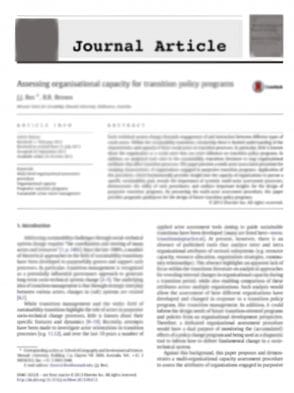Restoring a stream through retention of urban stormwater runoff: a catchment-scale experiment in a social-ecological system.
Abstract
Restoration of ecological structure and function of urban streams probably requires catchment-scale modification of drainage infrastructure, but such catchment-scale restoration attempts and their assessment are rare. They require stream ecologists to embrace the interdisciplinary challenges of studying the social–ecological systems that are urban catchments. We designed and monitored a catchment-scale experiment that involved the retrofit of urban stormwater infrastructure throughout an urban catchment to restore more natural hydrology, water quality, and consequently, ecological condition in the receiving stream. We worked with government authorities and the catchment community (residents and property owners) over several years to fund and implement 289 stormwater retention systems. The length of the project allowed adaptation of the experimental design to expand the project’s breadth and of retention-system design to match community needs and catchment context. Planning provisions are particularly important for such an experiment to ensure that the effect of dispersed experimental treatments is not countered by creation of new connected impervious areas elsewhere in the catchment. Catchment-scale experiments can help to transform policy and practice, but their success requires substantial effort and time to build trust among the numerous, diverse stakeholders of human-dominated urban ecosystems. Researchers need to be prepared to adopt an adaptive approach to the implementation of such experiments and to play the lead role in seeking funds for the implementation of the on-ground works necessary to underpin the experiment.
